Disclosure: This article contains affiliate links. We may earn a commission from purchases at no extra cost to you, which helps our travel content.
The Solomon Islands may not top most budget travelers' bucket lists, but this Pacific archipelago offers a raw, untamed adventure that rivals its more expensive neighbors. With 992 islands scattered across azure waters, ancient cultural traditions still thriving, and World War II relics hiding beneath jungle canopies, the Solomons present a perfect blend of anthropological wonder and natural beauty—without the price tag of Fiji or French Polynesia. As someone who's spent years documenting indigenous cultures and archaeological sites across the Pacific, I'm eager to share how you can experience this remarkable nation without breaking the bank.
Navigating Honiara: The Gateway to Solomon Adventure
Honiara isn't a picture-perfect tropical capital—it's gritty, chaotic, and absolutely fascinating. After landing at Henderson International Airport, I bypassed the expensive taxis (300-400 SBD) and instead found the local minibuses that locals use, costing just 5 SBD (about $0.60 USD) into town.
The Central Market is your first must-visit stop—a sensory explosion where you'll find everything from fresh produce to traditional crafts. This is where I stocked up on tropical fruits that cost a fraction of what you'd pay at home. The market also offers an excellent chance to observe daily Solomon Islander life and practice your first Pijin phrases (the local creole language).
For accommodation, skip the overpriced hotels catering to business travelers and aid workers. I stayed at the United Church Rest House, a simple but clean guesthouse run by the local church that cost just 250 SBD (about $30 USD) per night including breakfast. For even cheaper options, check out the Honiara YHA or the numerous family-run guesthouses scattered throughout town.
To stay connected without roaming charges, I picked up a local SIM card from the bmobile-vodafone shop near the main post office. For 100 SBD (about $12 USD), I got the SIM and enough data to last my entire trip.
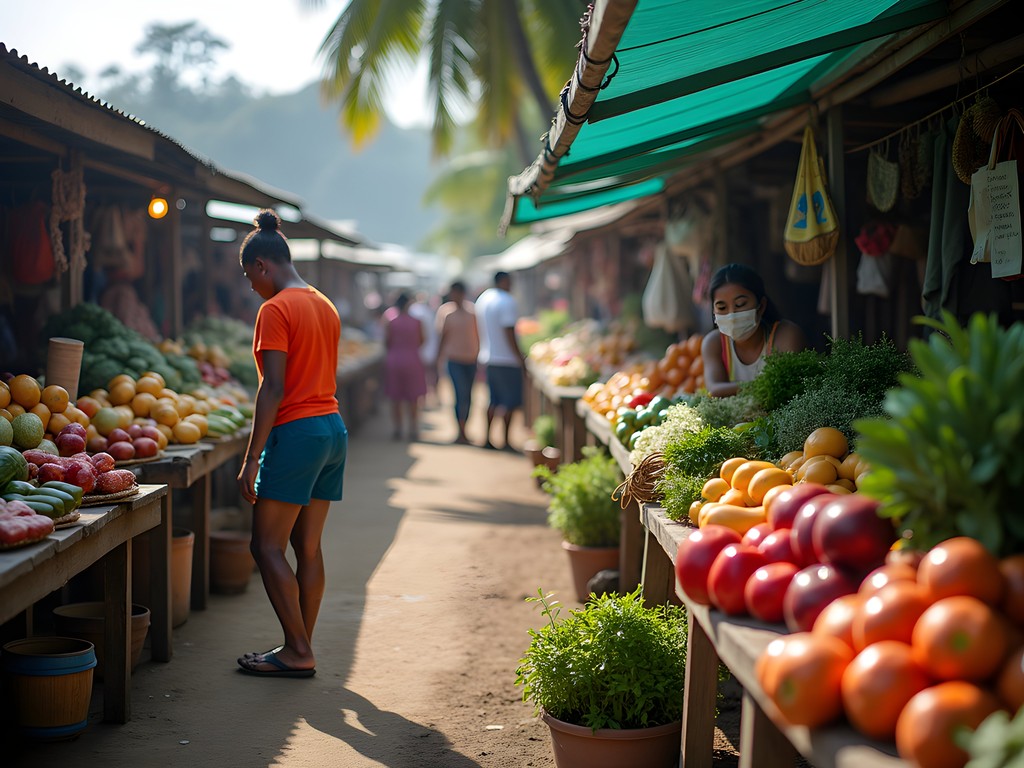
💡 Pro Tips
- Use shared minibuses (5 SBD) instead of taxis (300+ SBD) to get around Honiara
- Shop at Central Market for affordable meals and fresh tropical fruit
- Stay at church-run guesthouses or hostels for clean, basic accommodation under $30/night
Uncovering WWII History on a Budget
The Solomon Islands witnessed some of the Pacific War's fiercest battles, and Guadalcanal is practically an open-air museum. While organized tours can cost upwards of 1000 SBD, I created my own historical circuit using public transportation and occasional shared taxis.
The American War Memorial atop Skyline Ridge offers panoramic views of Iron Bottom Sound (named for the dozens of ships sunk during the war) and is completely free to visit. I spent hours examining the memorial plaques and contemplating how this tranquil place once witnessed such violence.
For underwater exploration of WWII wrecks, skip the expensive dive shops in Honiara and head to Bonegi Beach (about 30 minutes west). Here, two Japanese transport ships rest in shallow water close to shore, making them accessible even to snorkelers. I explored these impressive wrecks using my full-face snorkel mask, which allowed me to breathe normally while examining the coral-encrusted hulls.
The National Museum ($5 entry fee) houses an impressive collection of war relics and cultural artifacts. The curator, a descendant of local scouts who aided Allied forces, shared stories passed down through his family that you won't find in history books.
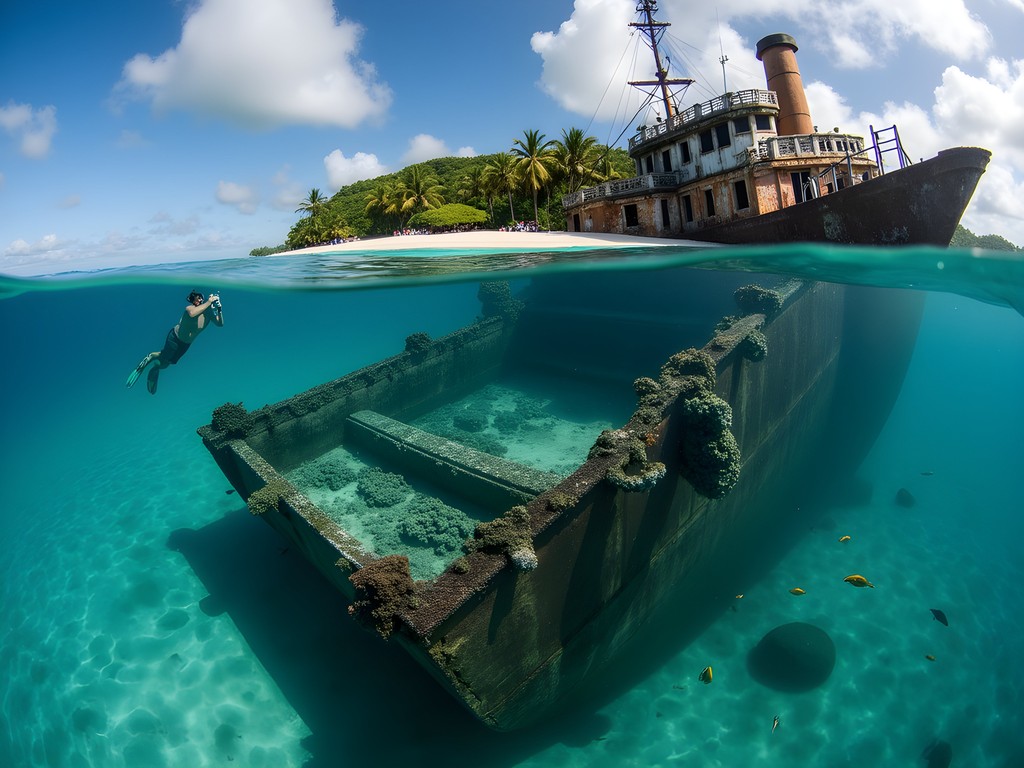
💡 Pro Tips
- Visit the American War Memorial at sunset for free panoramic views
- Snorkel the Bonegi Beach wrecks instead of paying for expensive diving tours
- Ask museum staff for personal family stories about the war—they often share incredible insights
Island Hopping Without Breaking the Bank
While the Solomon Islands' remoteness makes travel between islands challenging, budget options exist if you embrace local transportation and flexibility. The key is to travel like Solomon Islanders do—by passenger ferry.
From Honiara's Point Cruz Harbor, I caught the MV Kosco ferry to Gizo in the Western Province (around 230 SBD for an economy ticket). The 24-hour journey wasn't luxurious—I slept on the deck under the stars with my lightweight travel hammock strung between railings—but the spectacular island scenery and camaraderie with locals made it one of my most memorable travel experiences.
In the Russell Islands, I stayed with a family in Mane Village through a community tourism initiative that cost just 150 SBD per night including meals and cultural activities. My hosts taught me traditional fishing methods and showed me archaeological sites not mentioned in any guidebook.
For shorter island hops, shared banana boats are the budget traveler's best friend. A trip from Gizo to nearby Kennedy Island (where JFK was stranded during WWII) costs about 50 SBD when shared with other passengers. Before setting out, I always made sure to pack my waterproof dry bag to protect my camera and documents from unexpected splashes or rain.
While exploring the Western Province, I discovered that many villages welcome respectful visitors willing to bring useful supplies from town. In exchange for delivering medicine to a remote village clinic, I was invited to stay and participate in a traditional feast—an authentic cultural exchange that cost nothing but created priceless memories.
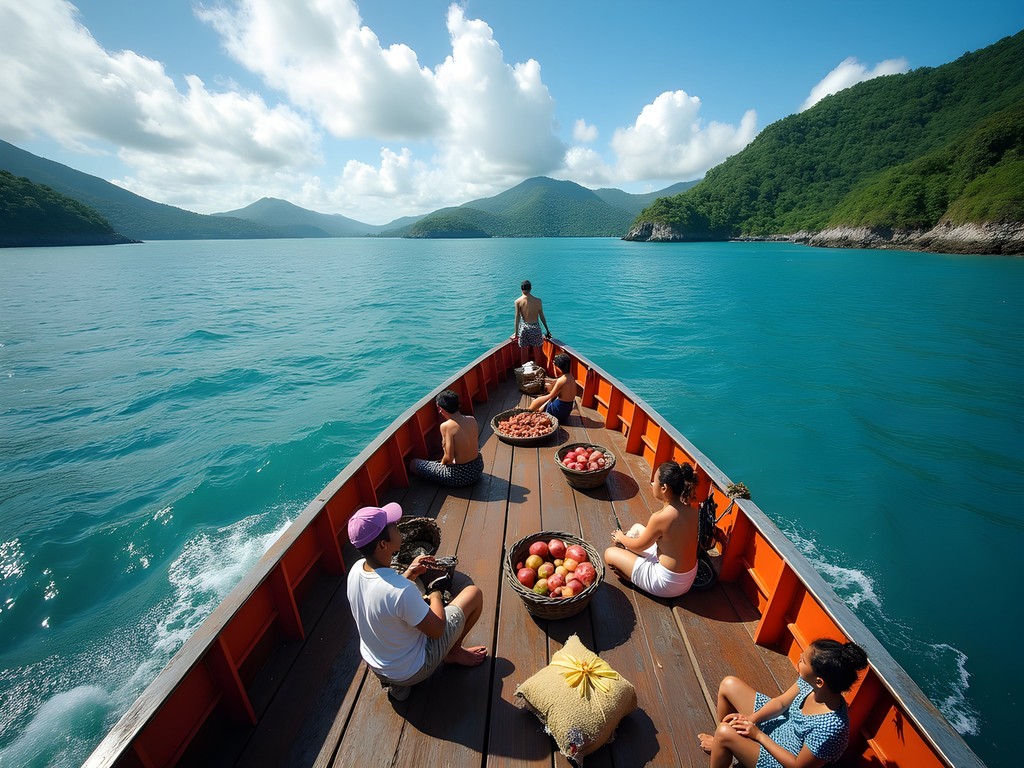
💡 Pro Tips
- Take overnight ferries between major islands to save on accommodation costs
- Contact the Solomon Islands Visitors Bureau for community tourism initiatives
- Pack a hammock for comfortable sleeping on overnight boat journeys
Archaeological Adventures on a Shoestring
The Solomon Islands harbor archaeological treasures that rival famous sites elsewhere, yet remain virtually unknown to mass tourism. This obscurity means you can explore remarkable cultural heritage sites without entrance fees or crowds.
On Malaita Island, I visited ancient artificial islands built on coral foundations by the Lau people to escape mosquitoes and tribal enemies. Local fishermen offered to take me there for just 100 SBD—a fraction of what organized tours charge. Before setting out, I applied my reef-safe sunscreen which protected my skin while not harming the delicate marine environment.
In East Guadalcanal, I hired a local guide (200 SBD for a full day) to show me the Tiaro archaeological site, where megalithic stone structures similar to those on Easter Island stand hidden in the jungle. My guide was a descendant of the people who built these structures and shared oral histories passed down through generations.
Perhaps the most remarkable archaeological experience came when visiting the Skull Islands in the Western Province's Roviana Lagoon. These small islets once served as ritual sites where the skulls of enemies and ancestors were preserved. Rather than joining an expensive tour, I connected with a local teacher who took me by canoe for a small donation to the school fund.
For these off-grid adventures, my solar power bank proved invaluable, keeping my phone and camera charged despite days away from electrical outlets. The built-in flashlight also came in handy when exploring dark ceremonial caves.
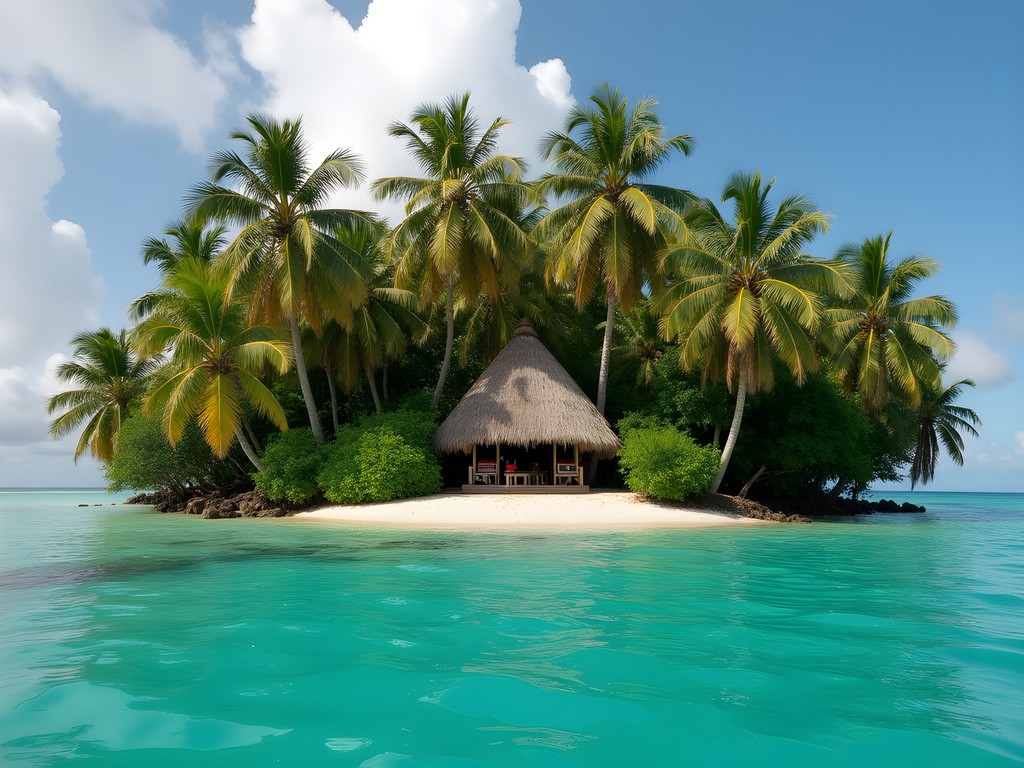
💡 Pro Tips
- Connect with local teachers or community leaders for authentic cultural experiences at fair prices
- Always ask permission before photographing sacred sites or artifacts
- Bring small gifts like school supplies or fishing hooks as a gesture of appreciation to remote communities
Eating Well on a Solomon Budget
Food costs can quickly derail a budget traveler's plans, especially in remote Pacific nations where many items are imported. However, eating like a local in the Solomon Islands is not only affordable but deliciously rewarding.
Honiara's Central Market became my daily stop for meals costing less than $3. Women vendors prepare traditional dishes like kokoda (raw fish marinated in lime and coconut milk) and cassava pudding. I always carried my collapsible food container to store market finds for impromptu beach picnics.
In coastal villages, I found that a small gift of tea, sugar, or rice often resulted in an invitation to join family meals centered around freshly caught fish, root vegetables, and tropical fruits. These genuine cultural exchanges provided more authentic experiences than any restaurant could offer.
When cooking for myself at guesthouses with shared kitchens, I focused on local ingredients like sweet potatoes, bananas, and coconuts that cost a fraction of imported foods. The Solomon Islands' fertile soil means something is always in season.
For protein, the affordable option is locally caught fish sold at markets or directly from fishermen returning to shore in the late afternoon. A whole fish large enough to feed two people typically costs around 30-50 SBD ($3.50-6 USD).
Drinking water requires consideration in a tropical climate. Rather than buying bottled water (which is both expensive and creates plastic waste), I purified tap and rainwater using my water purifier bottle. This single investment saved me hundreds of dollars over my two-week journey while preventing dozens of plastic bottles from potentially ending up in the ocean.

💡 Pro Tips
- Shop at markets in the late afternoon when vendors often discount remaining produce
- Learn to ask for 'kaikai' (food) in Pijin language to connect with local vendors
- Bring reusable containers to store leftovers or market purchases
Final Thoughts
As my small plane lifted off from Henderson Field, I watched the emerald islands of the Solomons fade into the vast blue Pacific, knowing I'd experienced a depth of cultural connection and adventure that travelers to more touristed destinations rarely find—all while spending less than I would have for a week in Fiji or Tahiti.
The Solomon Islands offer what budget travelers truly seek: authenticity, adventure, and meaningful human connection. By embracing local transportation, staying in community guesthouses, eating market food, and connecting respectfully with villagers, you'll not only save money but also support a tourism model that benefits local communities directly.
The archaeological wonders, living cultural traditions, and World War II heritage of these islands deserve far more attention than they receive. As a documentary filmmaker with indigenous heritage myself, I found the Solomon Islanders' commitment to preserving their cultural identity particularly moving in a rapidly changing world.
So pack light, bring an open mind, and prepare to experience Pacific island life as it's truly lived. The Solomon Islands may require more effort to navigate than resort destinations, but the rewards—both cultural and financial—make it the Pacific's ultimate budget adventure.
✨ Key Takeaways
- Local transportation (ferries, minibuses) saves 70-80% compared to tourist options
- Community-based accommodation provides authentic experiences at 1/3 the cost of hotels
- Eating local market food and seasonal produce keeps daily food costs under $10
- The best experiences (cultural exchanges, swimming at pristine beaches, visiting archaeological sites) are often free
📋 Practical Information
Best Time to Visit
May-November (dry season)
Budget Estimate
$40-60 USD per day
Recommended Duration
2 weeks minimum
Difficulty Level
Moderate

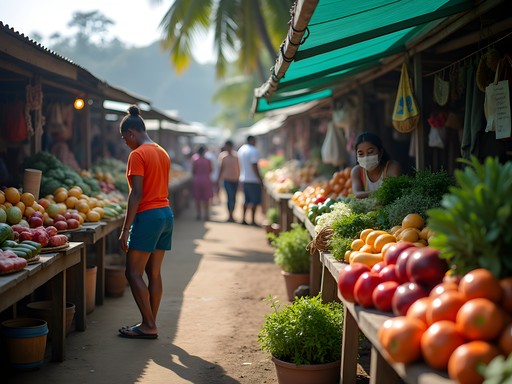

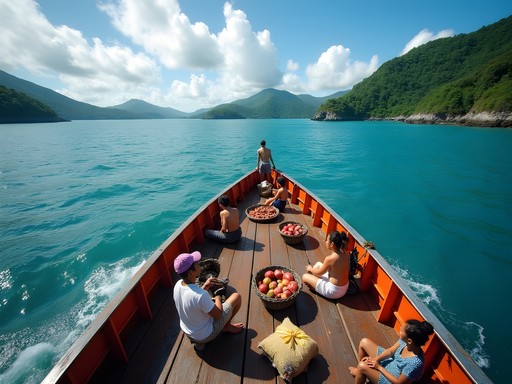
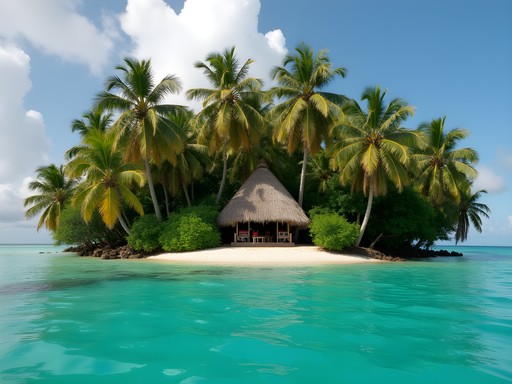




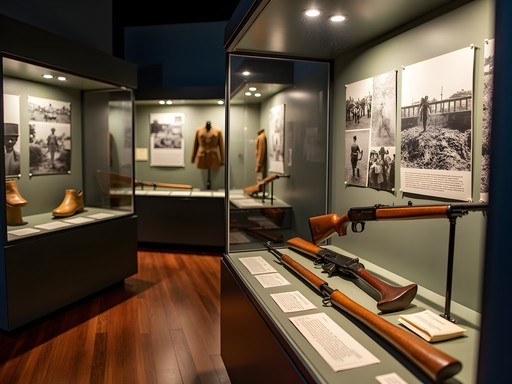
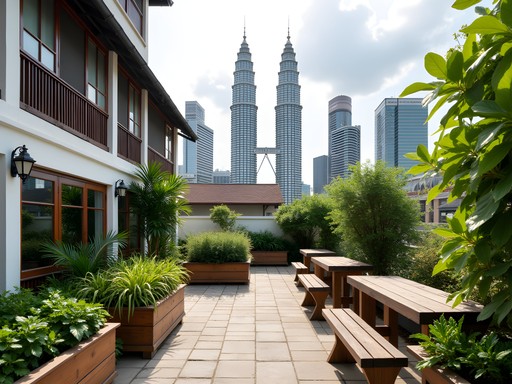

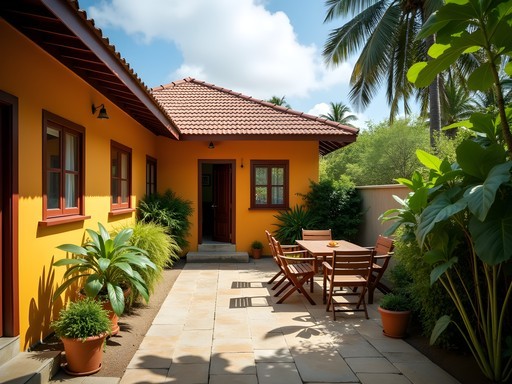


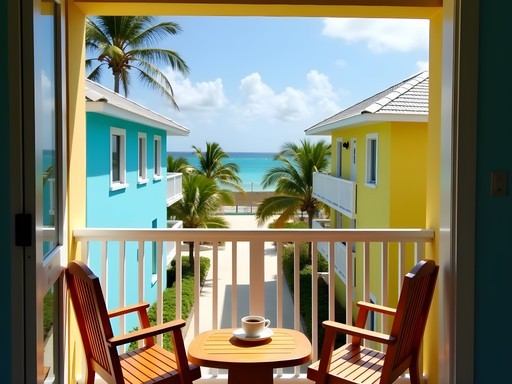
Comments
Sage Dixon
Ella, this brings back so many memories! I spent three weeks island-hopping through the Solomons last year. The WWII sites are incredible - I hired a local guide at Bloody Ridge for just $15 who shared stories passed down from his grandfather. One budget tip I'd add: the Central Market in Honiara is perfect for connecting with locals heading back to outer islands who can advise on cheaper boat transport than the tourist options. I ended up on a supply boat to Malaita that way, sleeping on the deck under the stars with a local family who shared their dinner with me. Magical experience that cost almost nothing but created the richest memories.
vacationwanderer
That boat trip sounds amazing! Were language barriers an issue when getting off the beaten path?
Sage Dixon
English is pretty widely spoken in towns, but in remote villages it can be limited. I found that a smile, hand gestures, and learning a few Pijin phrases went a long way! People are incredibly friendly and will go out of their way to help.
islandvibes
Just got back from Honiara and followed many of your suggestions! The WWII sites were incredible - especially the Japanese war memorial on Mt. Austin. We stayed at the United Church Rest House you mentioned and it was perfect for our budget. One tip to add: we found a local guide named James at the Central Market who took us to some amazing snorkeling spots near Bonegi Beach for half what the hotels were charging. The underwater WWII wrecks were mind-blowing!
smartguide
How many days would you recommend for a first-time visitor?
islandvibes
We did 10 days total - 3 in Honiara and the rest split between Gizo and Munda. Could have easily stayed longer!
vacationwanderer
Omg this is perfect timing! I'm planning a trip to the Solomon Islands for January and was worried about costs. Did you find the local buses reliable in Honiara? Any areas you'd recommend staying in to save money?
Sage Dixon
Not Ella, but I was in Honiara last year! The local buses are actually pretty decent - colorful and packed with locals. Just flag them down anywhere along their route. For budget stays, check out the guesthouses in Chinatown area. The market there is also great for cheap eats!
vacationwanderer
Thanks so much! Chinatown sounds perfect. Did you need cash everywhere or could you use cards sometimes?
Sage Dixon
Definitely bring cash! Cards only work at bigger hotels and some restaurants in Honiara. I used my money belt since I had to carry more cash than usual. The ATMs can be unreliable so withdraw when you find a working one!
globestar9923
Any budget accommodation recommendations that didn't make it into the article? Planning a 2-week trip in January.
Bryce Diaz
Not Ella, but I stayed at United Church Rest House near Chinatown. Super basic but clean and only about $25/night. The Iron Bottom Sound Hotel has decent budget rooms too if you want something a bit more comfortable. For outer islands, homestays are the way to go - usually around $30-40 including meals.
globestar9923
Thanks Bryce! Those prices sound perfect for my budget. Definitely noting these down.
sunnypro
Great guide! How did you handle the island hopping logistics? Did you book ferries in advance or just show up? Planning a trip for early 2026 and trying to figure out how much to pre-plan vs wing it.
Ella Foster
Thanks! I mostly winged it - ferry schedules change frequently and aren't always online. The tourist office in Honiara has the most up-to-date info. For the more remote islands, I booked small plane tickets about a week in advance through Solomon Airlines. The spontaneous approach worked well for me, but if you're on a tight schedule, maybe arrange the major transfers beforehand.
sunnypro
Perfect, that's exactly the info I needed. Appreciate it!
luckybuddy
Thanks for the detailed transportation info! I'm planning a trip for next year and was worried about getting around between islands. Those local boat schedules seem tricky but I'll give it a shot.
Savannah Walker
I visited the Solomons last year and your budget tips are spot on, Ella! I'd add that the Central Market in Honiara is not just great for cheap eats but also for connecting with locals. I spent hours chatting with vendors who taught me about traditional foods. For anyone heading there, I highly recommend taking a waterproof dry bag for those island-hopping boat trips - saved my camera multiple times during sudden downpours and splashy crossings!
luckybuddy
Did you make it to any of the outer islands? Wondering if they're worth the extra travel time.
Savannah Walker
Absolutely! Malaita was my favorite - less tourists and more authentic cultural experiences. Just be prepared for very basic accommodations.
smartguide
Wow! Never considered Solomon Islands before but you've totally inspired me! Those WWII sites look incredible!
bluewanderer
Great guide! How did you handle safety in Honiara? I've heard mixed things but your post makes it seem manageable for solo travelers.
Ella Foster
Thanks! I found Honiara quite safe during daylight hours. Basic precautions apply - don't flash valuables, be aware of your surroundings. The locals were incredibly helpful whenever I needed directions. I wouldn't wander alone at night in certain areas, but that's true for many cities worldwide.
bluewanderer
That's reassuring, thanks! Did you book accommodation in advance or find places when you arrived?
Ella Foster
I booked the first 2 nights in Honiara online, then made arrangements as I went. The United Church Rest House was a great budget find!
greenguy
Those local buses you mentioned were such an adventure! We took one to Tetere Beach and it broke down halfway - ended up getting a lift on the back of a pickup truck with a bunch of locals and their chickens. Best travel memory ever!
Ella Foster
Haha, classic Solomon Islands experience! Those unexpected adventures always make the best stories.
Venture X
Premium card with 2X miles, $300 travel credit, Priority Pass